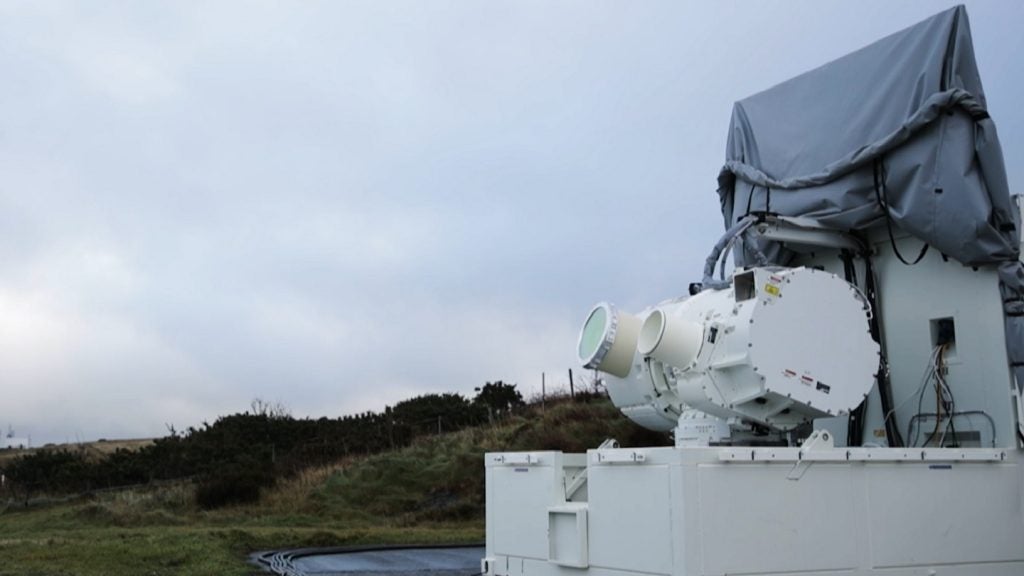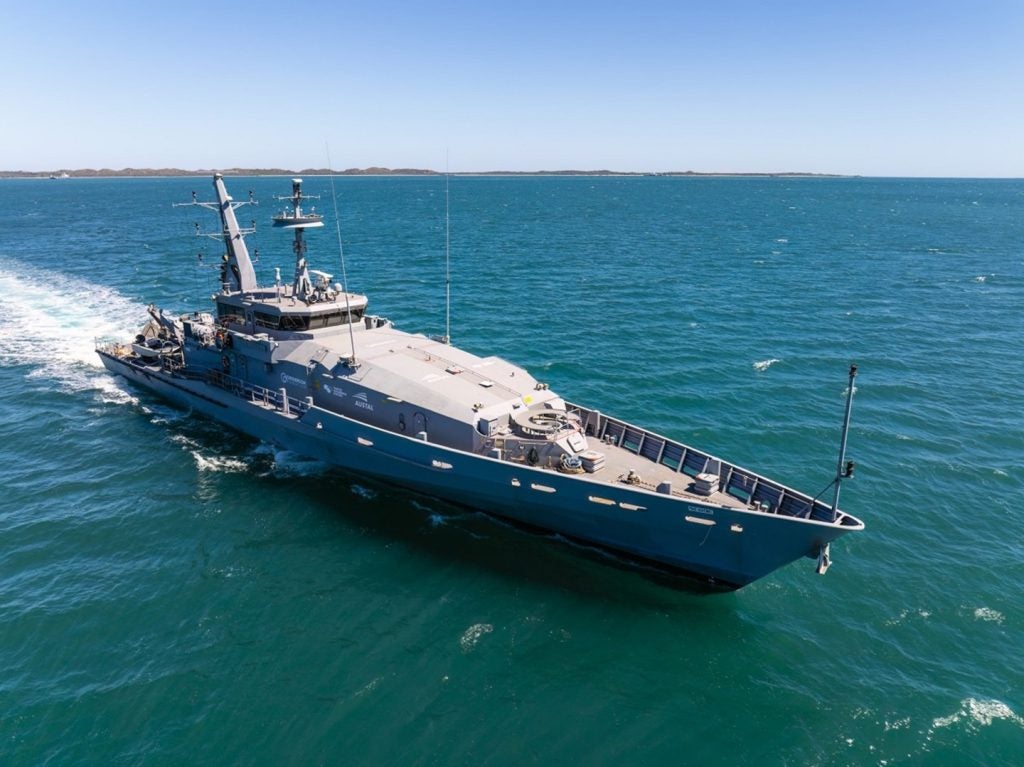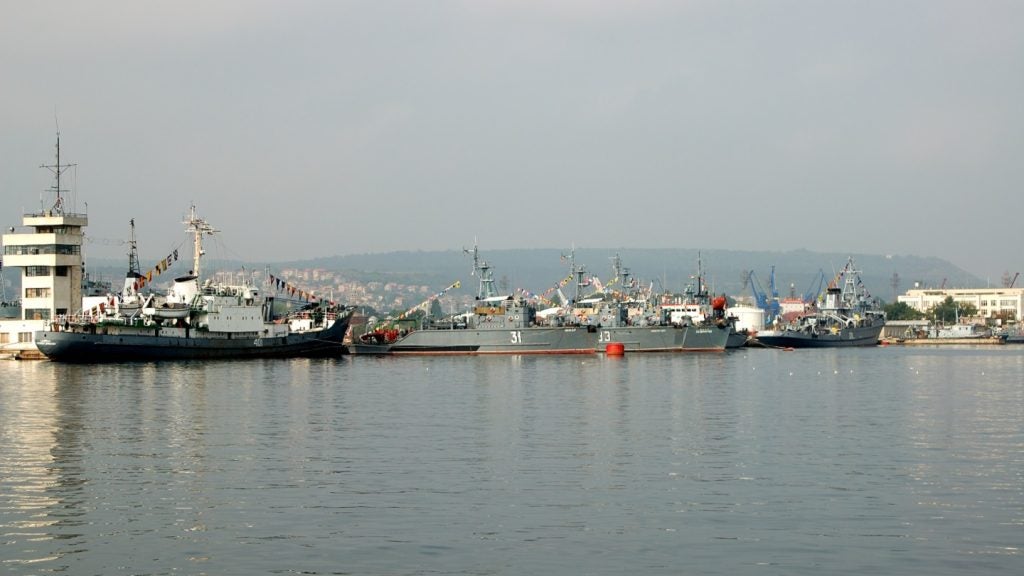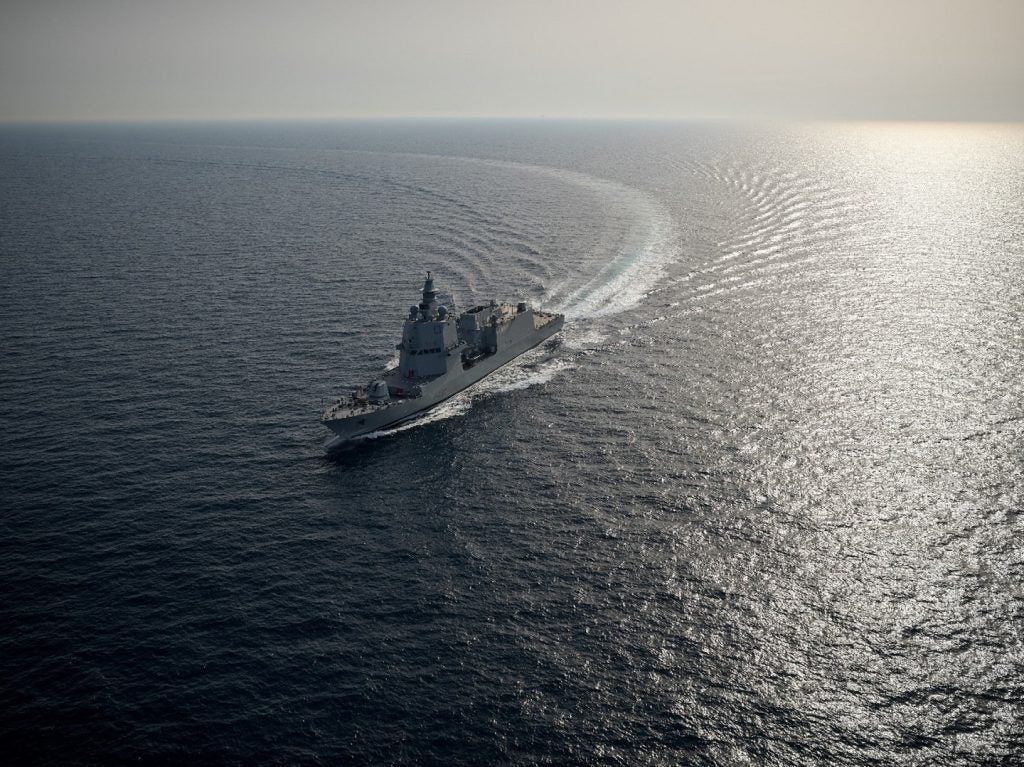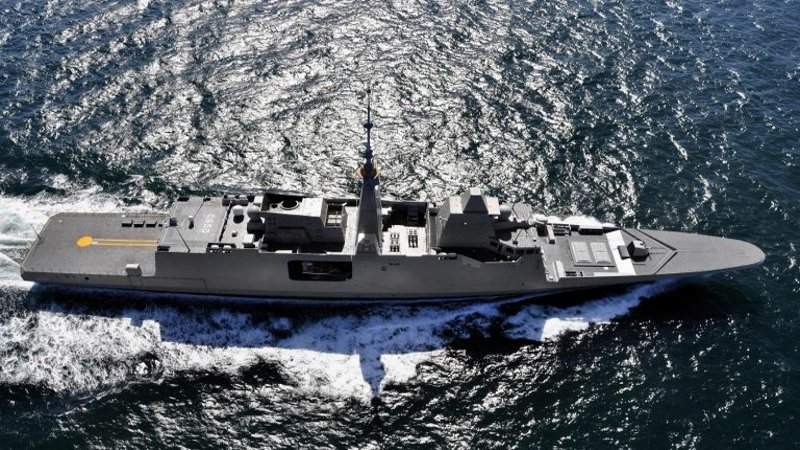
The French and Italian governments are considering a possible merger of Naval Group and Fincantieri, Rolls-Royce has unveiled plans to develop an autonomous single-role naval vessel and GD won $5.1bn design contract for the US Navy’s lead Columbia-class submarine. Naval-technology.com wraps up key headlines from September 2017.
French and Italian governments consider possible merger of Naval Group and Fincantieri
The French and Italian Governments launched a joint process to study the possibility of merging shipyards Naval Group, formerly DCNS, and Fincantieri.
The plan was announced by French President Emmanuel Macron and Italian Prime Minister Paolo Gentiloni following a Franco-Italian summit in Lyon.
A steering committee related to the initiative will be launched as part of the development, which is set to study and define a roadmap detailing the principles of the future alliance by June next year.
Rolls-Royce unveils autonomous naval vessel concept

Rolls-Royce unveiled plans to develop an autonomous single-role naval vessel that would be capable of operating at a range of 3,500nm.
How well do you really know your competitors?
Access the most comprehensive Company Profiles on the market, powered by GlobalData. Save hours of research. Gain competitive edge.

Thank you!
Your download email will arrive shortly
Not ready to buy yet? Download a free sample
We are confident about the unique quality of our Company Profiles. However, we want you to make the most beneficial decision for your business, so we offer a free sample that you can download by submitting the below form
By GlobalDataThe 60m-long naval ship will feature a displacement capability of 700t and has been designed to carry out a wide range of single role missions such as patrol and surveillance, mine detection and fleet screening.
The new remote vessel concept will be able to operate beyond the horizon for more than 100 days and travel at speeds greater than 25k.
GD wins $5.1bn design contract for US Navy’s lead Columbia-class submarine
General Dynamics’ (GD) subsidiary Electric Boat secured a $5.1bn integrated product and process development (IPPD) contract to complete the design of the US Navy’s lead Columbia-class submarine, USS Columbia (SSBN 826).
Under the contract, the company will carry out designing, completion, component and technology development and prototyping for the Columbia-class ballistic missile submarine (SSBN), which is the latest Sea-based strategic deterrent of the US.
GD Electric Boat president Jeffrey S Geiger said: “Working closely with the navy and the submarine industrial base, Electric Boat will continue to lead critical aspects of the Columbia-class development effort, including design, material procurement, construction and operating-cost reduction, to achieve an affordable and effective programme.”
Pakistan Navy conducts live firing of anti-ship missile in North Arabian Sea

The Pakistan Navy carried out live weapon firing in the North Arabian Sea in order to demonstrate the country’s naval firepower.
An air-to-surface anti-ship missile was launched during the firing, which successfully hit the intended target with ‘pinpoint’ accuracy, thereby reinforcing the lethality of the weapon.
The missile launch was conducted from the navy’s Sea King helicopter and was intended to demonstrate the naval fleet’s high state of readiness and professionalism.
Australian Navy commissions first Hobart-class air warfare destroyer

The Royal Australian Navy (RAN) commissioned the first Hobart-class air warfare destroyer, HMAS Hobart, in a formal ceremony at Garden Island in Sydney.
The vessel is the third ship to bear the name Hobart and will be capable of providing air defence for accompanying ships, in addition to land forces and other infrastructure in coastal areas.
It is also expected to offer self-protection against missiles and aircraft, as well as have the potential to carry out various undersea warfare missions.
GAO report finds US naval shipyards in poor condition
A new report by the US Government Accountability Office (GAO) found that the overall physical condition of the country’s four public shipyards and their equipment are in poor condition.
The US watchdog revealed that the previously identified poor conditions remained, despite the service committing to increasing capital investment and creating an improvement plan in 2013.
The four public shipyards highlighted in the study are Norfolk Naval Shipyard, Portsmouth Naval Shipyard, the Puget Sound Naval Shipyard and Intermediate Maintenance Facility, and the Pearl Harbor Naval Shipyard and Intermediate Maintenance Facility.
Leonardo to supply Seaspray radars for Bangladesh Navy’s Dornier 228 aircraft
Leonardo has been contracted to deliver its Seaspray 5000E Active Electronically Scanned Array (AESA) radars for two new Dornier 228 multi-role aircraft models ordered by the Bangladesh Navy.
The contract was awarded by Swiss company RUAG Aviation, the original equipment manufacturer and type certificate holder of the Dornier 228 aircraft.
The two aircraft will be used by the Bangladesh Navy to help monitor and protect the country’s 120,000km2 maritime territorial area and exclusive economic zone (EEZ).
SEA to supply torpedo launcher systems for new Philippine Navy frigates
SEA secured a contract from South Korean company Hyundai Heavy Industries (HHI) to deliver its latest torpedo launcher systems (TLS) for two new frigates, which are being constructed for the Philippine Navy.
The deal will see the company supply systems similar to the ones currently in service with the British Royal Navy and also being delivered to the navies of Malaysia and Thailand.
The SEA TLS allows operators to configure a ship’s firing mechanism to accommodate any Nato standard lightweight torpedo, and also offers the option of switching torpedoes during the vessel’s lifecycle.
UK unveils new shipbuilding strategy and sets out plan for new Type 31e frigates
UK Defence Secretary Michael Fallon revealed a new National Shipbuilding Strategy that includes plans for the procurement of the Royal Navy’s Type 31e general purpose frigates.
The government intends to procure five new Type 31e frigates as part of the first batch and will cap the price at a maximum of £250m each.
The National Shipbuilding Strategy is in line with the recommendations proposed by Sir John Parker in November.
IAI delivers first domestically built LRSAM to Indian Navy

Israel Aerospace Industries (IAI) delivered the first indigenously manufactured long-range surface-to-air missile (LRSAM) to the Indian Ministry of Defence for use by the Indian Navy.
IAI Systems Missiles & Space Group executive vice-president and general manager Boaz Levi said: “The delivery of the first missile manufactured in India to India’s defence arms is a technological dream come true.”
The missile forms part of the LRSAM air and missile defence system that is being jointly developed by IAI and the Defense Research and Development Organization (DRDO) in India, in collaboration with IAI subsidiary ELTA, Israel-based Rafael and various Indian companies.




